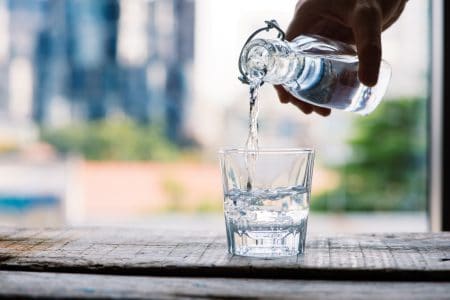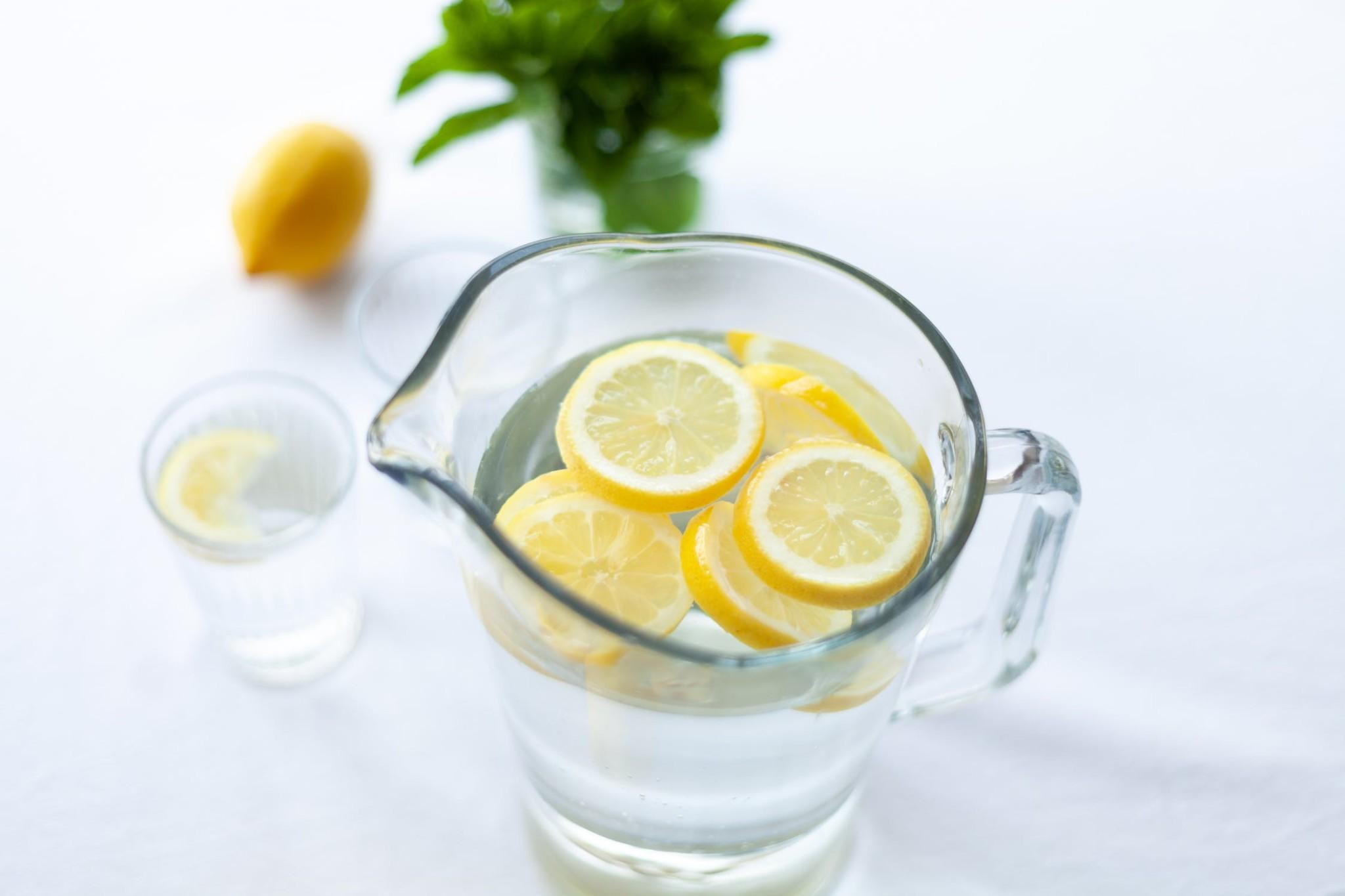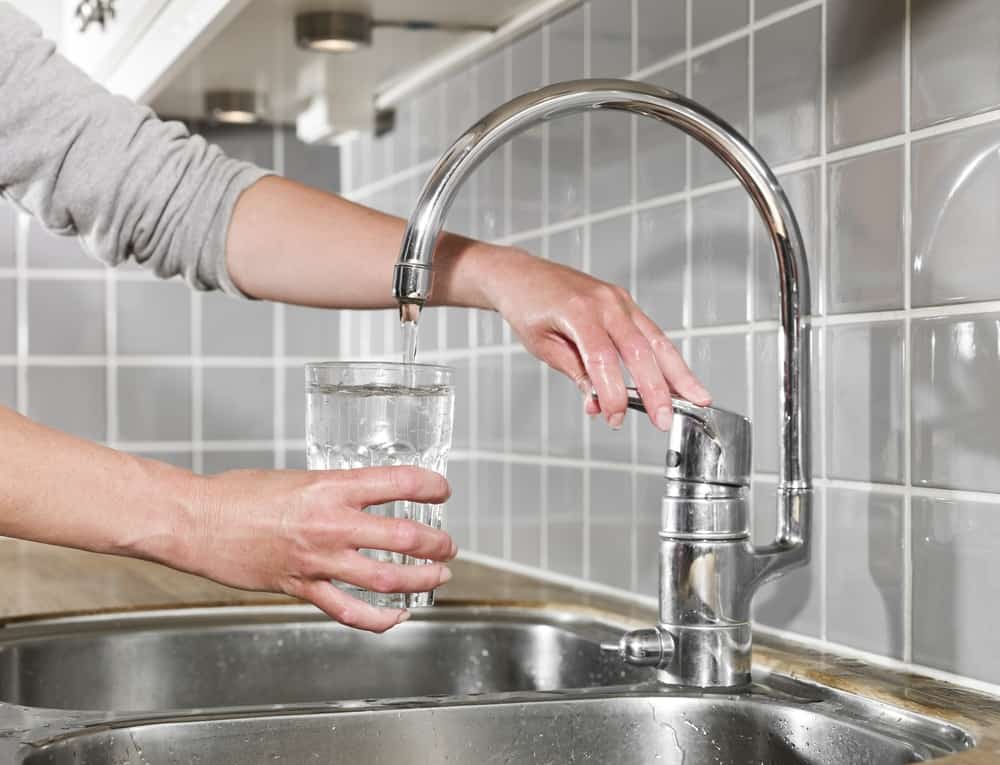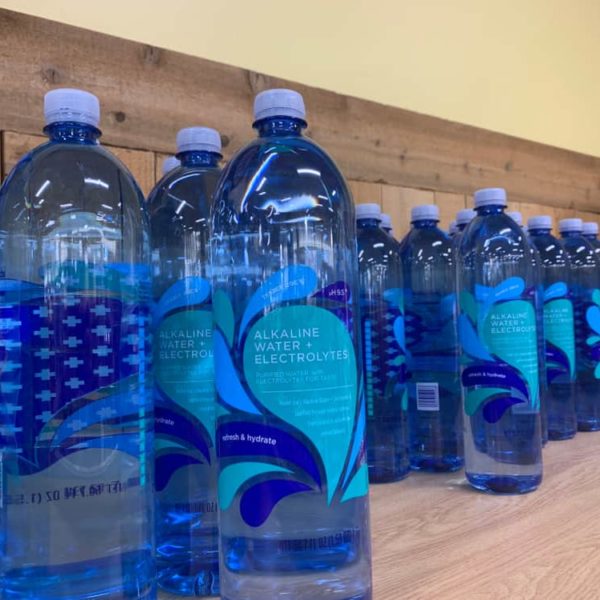How To Remove Excess Chlorine From Drinking Water

It helps to boil the water.
How to remove excess chlorine from drinking water. But removing this chemical from your water prior to drinking is harmless if youre storing it in a clean container or drinking it immediately. Ideally there would be zero chlorine in drinking water but the benefits still out-weigh the dangers. Yes boiling water for 15 minutes is one way to release all the chlorine from tap water.
And repeat it for at least 10 times to removes all the chlorine from water. This helps it escape into the air. Heating up water to a boil will speed up the chlorine removal process.
Thankfully technology can help you overcome this issue. Chlorine is a highly effective method of disinfection. Activated carbon filters are mainly used when water is contaminated with organic chemicals and for removing chlorine taste and odor.
How to Remove Chlorine from Drinking Water. Let me dig deeper and explain each of these methods in detail. The advantage of this method is it is easy and free but it can only be used for a small quantity of water.
Use iron out or rust out chemicals to get rid of staining. Carbon Block filters can also eliminate chlorine byproducts such as chemicals known as THMs. At room temperature chlorine gas weighs less than air and will naturally evaporate off without boiling.
Stripping with fresh air Off-gassing boiling charcoal filtration using an air-stone and Reverse osmosis. One of the best ways to remove chlorine from your homes water and prevent chlorine side effects is to use carbon. Pretty much all local water dams will contain chlorine as it is a cheap option to clean out bacteria from the water supply.



















